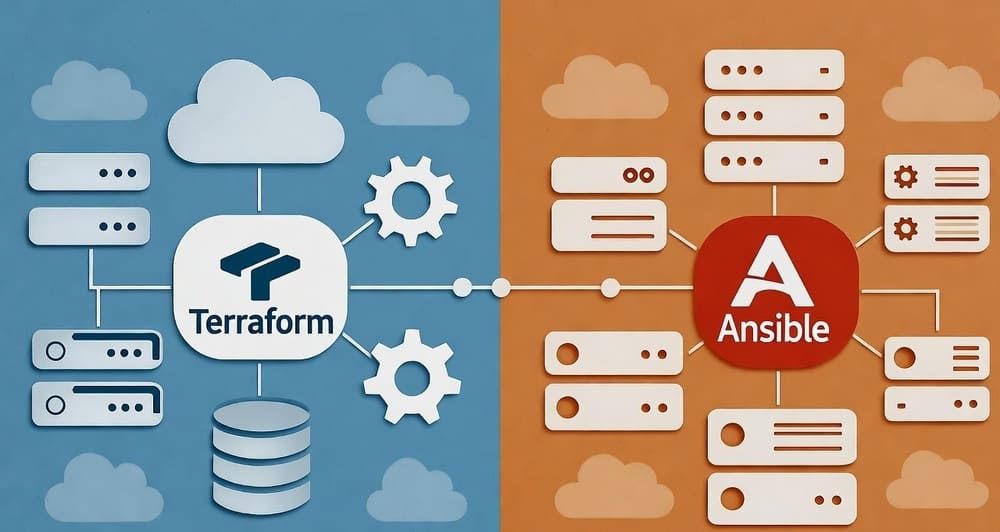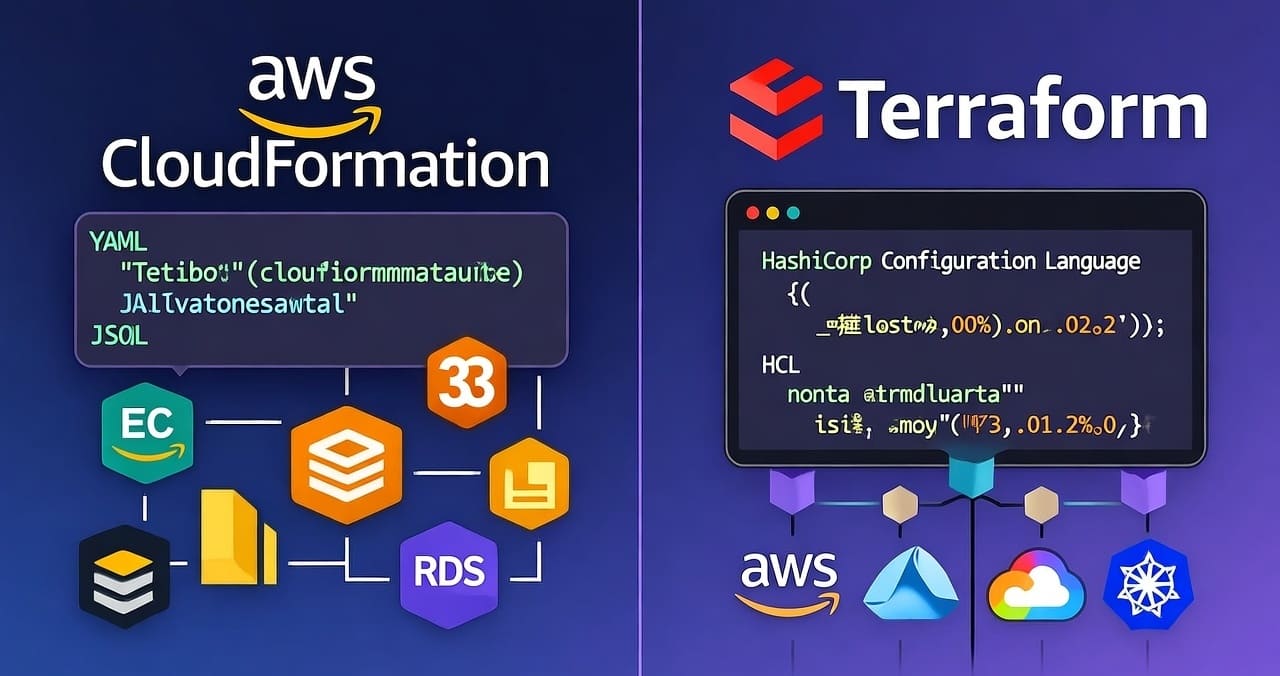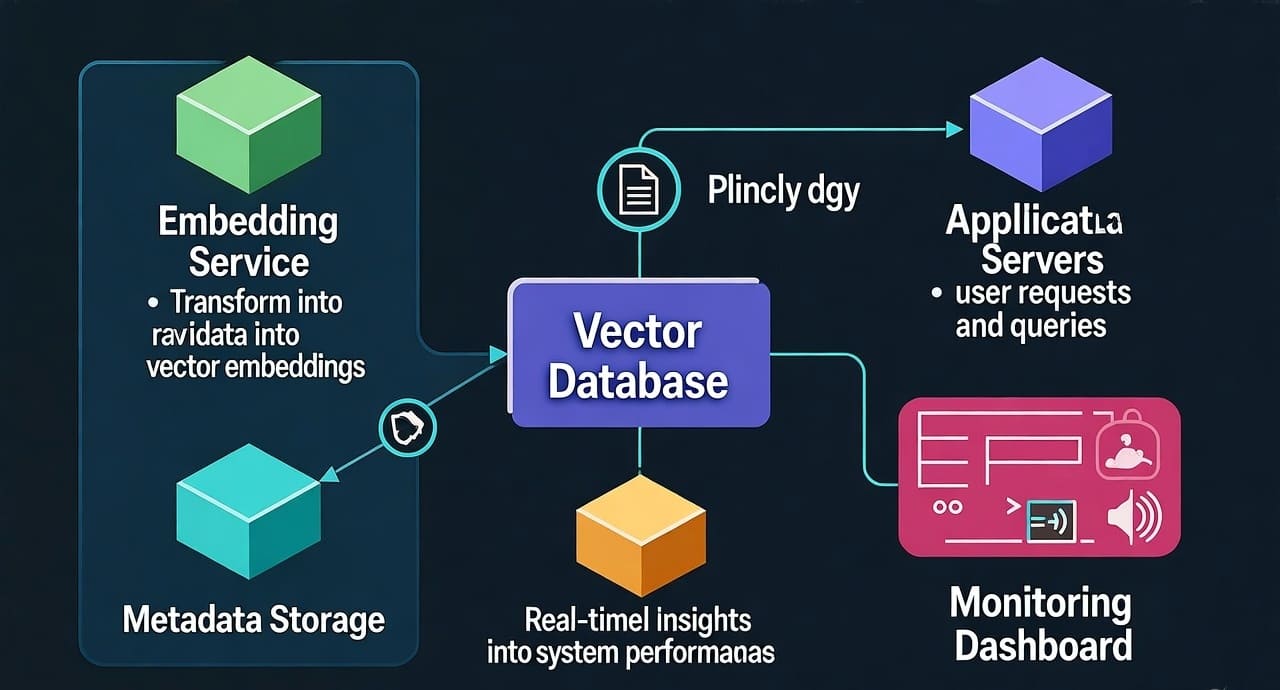From SQL Agent to Managed Workflows: Job Orchestration Choices for Azure SQL
You’re leaving on-prem SQL Server Agent behind. Now what runs your nightly index maintenance, data refreshes, and alerting in Azure SQL? This migration playbook compares Elastic Jobs, Logic Apps, Azure Functions, and Azure Automation—with concrete patterns, pitfalls, and copy-paste snippets to get you production-ready.
Why this matters
On-prem, SQL Server Agent did everything: schedules, proxies, job steps, alerts. In Azure, there isn’t a single “Agent” for Azure SQL Database. Picking the wrong orchestrator turns routine tasks into pagers, slow runbooks, or brittle YAML. Picking the right one gives you reliable schedules, secrets handled correctly, observable runs, and clean rollbacks.
Quick decision guide (read this first)
Use this if you…
- Run T-SQL against many Azure SQL DBs on a schedule: Elastic Jobs
- Need low-code workflows / approvals / email / Teams: Logic Apps
- Want code-first jobs with SDKs, tests, CI/CD, event triggers: Azure Functions
- Run PowerShell/SQL maintenance scripts, modules, hybrid workers: Azure Automation
Anti-patterns
- Cron in containers for production DB tasks.
- Secrets in code or in plain app settings.
- Orchestration split across three services “just because”.
Map your SQL Agent objects to Azure
| SQL Agent thing | What it did | Azure replacement |
|---|---|---|
| Jobs & Steps | Sequenced work with success/fail flow | Elastic Jobs (T-SQL steps), Logic Apps (actions), Functions (code), Automation (runbook steps) |
| Schedules | Cron-like timers | Native schedulers in all four services |
| Proxies / Credentials | Controlled identity & permissions | Managed Identity + Azure AD roles / SQL AAD users |
| Alerts / Operators | Email/pager on conditions | Logic Apps connectors, Azure Monitor alerts, Action Groups |
| Job outcome history | Execution logs | Job history APIs, Monitor logs, Log Analytics |
Option 1 — Elastic Jobs (Azure SQL)
What it is
Microsoft-hosted job agent for Azure SQL Database that runs T-SQL against one or more targets (servers, pools, or databases). Think: “SQL Agent, scoped to Azure SQL DB, T-SQL first.”
When to choose
- Centralized T-SQL maintenance (stats/index, schema drift checks).
- Fan-out jobs across hundreds of DBs with targeting rules.
- You want to keep scheduling/logic inside SQL not PowerShell.
Minimal example (create a job and step)
-- 1) Create a job (once in the job database)
EXEC jobs.sp_add_job @job_name = N'RebuildStatsNightly';
-- 2) Add a step that runs T-SQL on each target DB
EXEC jobs.sp_add_jobstep
@job_name = N'RebuildStatsNightly',
@step_name = N'UpdateStats',
@command = N'EXEC dbo.usp_update_stats();',
@credential_name = N'MyAadCredential';
-- 3) Target a group (server, pool, or db list)
EXEC jobs.sp_add_target_group @target_group_name = N'AllSalesDbs';
EXEC jobs.sp_add_target_group_member
@target_group_name = N'AllSalesDbs',
@server_name = N'myserver.database.windows.net',
@database_name = N'Sales%'; -- pattern match
-- 4) Schedule it
EXEC jobs.sp_add_schedule
@schedule_name = N'Nightly2AM',
@start_time = '02:00';
EXEC jobs.sp_attach_schedule
@job_name = N'RebuildStatsNightly',
@schedule_name = N'Nightly2AM';
Strengths
- Fan-out over many DBs, native retry per DB.
- Least moving parts for pure T-SQL.
- Solid job history and targeting.
Gotchas
- T-SQL only (no PowerShell).
- Keep job logic idempotent—a failed DB in a group shouldn’t block others.
- Make sure the AAD credential has the right SQL perms on every target.
Option 2 — Logic Apps
What it is
Low-code workflows with 400+ connectors (SQL, HTTP, Service Bus, Teams, email). Great for human-in-the-loop and integrations.
When to choose
- Approval flows (e.g., pause/resume indexing before releases).
- Orchestrate cross-system steps: call APIs, write to Azure SQL, notify Teams.
- Ops runbooks where visual logic helps support teams.
Minimal example (timer → query → Teams)
- Trigger: Recurrence (Every weekday 06:00).
- Action: “Execute a SQL query (V2)” against Azure SQL:
SELECT TOP 10 * FROM dbo.JobHealth WHERE Status <> 'OK'; - Condition: If rows > 0 → Post message in Teams with the result set.
Strengths
- Fast to build, easy approvals & notifications.
- Built-in retry/policy, managed identity, and secure connectors.
- Good for ops visibility without writing code.
Gotchas
- Complex branching can become spaghetti—modularize with child workflows.
- Not ideal for high-throughput compute or heavy loops.
- Versioning/testing require discipline; export to ARM/Bicep/Terraform and use slots.
Option 3 — Azure Functions
What it is
Event- and schedule-driven serverless code. First-class Timer triggers. Write in C#, Python, Java, JS.
When to choose
- Code-centric teams who want tests, CI, libraries, and strict versioning.
- Jobs that need SDKs (Key Vault, Storage, Graph, GitHub) + SQL.
- Compute-heavy tasks or custom retry/backoff logic.
Minimal example (C# Timer → T-SQL)
public class NightlyRefresh
{
[FunctionName("NightlyRefresh")]
public async Task Run(
[TimerTrigger("0 0 2 * * *")]TimerInfo timer, // 02:00 UTC
ILogger log)
{
using var conn = new SqlConnection(
Environment.GetEnvironmentVariable("SqlConnection"));
await conn.OpenAsync();
var cmd = new SqlCommand("EXEC dbo.usp_refresh_dimensions;", conn);
cmd.CommandTimeout = 600;
await cmd.ExecuteNonQueryAsync();
}
}
Best practice: store SqlConnection secret in Key Vault, reference via Function App settings with managed identity.
Strengths
- Engineering-grade: unit tests, packages, linters, CI.
- Flexible retries, parallelism, custom telemetry.
- Good stepping stone to Durable Functions for multi-step sagas.
Gotchas
- You own the code lifecycle. Keep warm/startup, package bloat, and App Service plan sizing matter.
- Don’t wrap monstrous ETL inside a single timer; break into idempotent steps.
Option 4 — Azure Automation
What it is
Run PowerShell or Python runbooks on a schedule or webhook. Uses Managed Identity, modules, and Hybrid Workers for on-prem reach.
When to choose
- You already have PowerShell maintenance scripts (DBA tasks).
- Need Hybrid Worker to reach private networks.
- Rotate SQL credentials, manage permissions, run DSC/VM tasks + DB scripts.
Minimal example (PowerShell runbook)
# Uses System-Assigned Managed Identity to fetch secrets
$kvName = "kv-prod-001"
$sqlConn = Get-AzKeyVaultSecret -VaultName $kvName -Name "SqlConnectionString" |
Select-Object -ExpandProperty SecretValueText
Import-Module SqlServer
Invoke-Sqlcmd -ConnectionString $sqlConn -Query "EXEC dbo.usp_index_maintenance;"
Strengths
- Familiar to DBAs. Rich ecosystem of modules.
- Hybrid is a lifesaver for private endpoints/on-prem.
- Easy scheduling and job history.
Gotchas
- Cold starts and sandbox quotas can bite long jobs—use Hybrid Worker for reliability.
- Treat runbooks like code: source control, PRs, tests.
Choosing between them (blunt trade-offs)
| Criterion | Elastic Jobs | Logic Apps | Functions | Automation |
|---|---|---|---|---|
| Primary skill | T-SQL | Low-code ops/integration | Code (C#/Py/JS) | PowerShell/Python |
| Multi-DB fan-out | ⭐⭐⭐⭐ | ⭐ | ⭐⭐ (custom) | ⭐ (loops) |
| Human approvals | ⭐ | ⭐⭐⭐⭐ | ⭐ | ⭐ |
| Ops friendliness | ⭐⭐⭐ | ⭐⭐⭐⭐ | ⭐⭐ | ⭐⭐⭐ |
| Throughput/compute | ⭐⭐ | ⭐ | ⭐⭐⭐⭐ | ⭐⭐ |
| Hybrid/on-prem reach | ⭐ | ⭐ | ⭐⭐ | ⭐⭐⭐⭐ |
| Cost at low volumes | Low | Low | Low–Med | Low |
| Code discipline (tests, CI) | Med | Low | High | Med |
Migration playbook (practical and ruthless)
- Inventory Agent jobs
Export jobs with steps, schedules, proxies, notifications. Classify by T-SQL-only, integration, code-heavy, PowerShell. - Pick a primary orchestrator
Default to Elastic Jobs for T-SQL-only, Logic Apps for workflows/approvals, Functions for code, Automation for PowerShell/hybrid. - Identity first
Create Managed Identity per orchestrator. Grant Azure AD logins in SQL with least privilege (db_executor, schema-scoped procs). Secrets → Key Vault. - Make jobs idempotent
Add re-entrancy guards (timestamps/checkpoints). PreferMERGE/“upsert”, track high-water marks. - Break monolith jobs
Split Agent jobs with 8 steps into independent, observable units. Use Durable Functions or Logic Apps child workflows if you need chaining. - Observability
Ship job logs to Log Analytics. Add custom dimensions (job, db, step). Alert on SLA (max age) not just failures. - Release discipline
Treat jobs as code: Bicep/Terraform for infra, repo per orchestrator, CI to deploy, blue/green for Functions. - Cutover
Run old and new jobs in parallel for a week. Compare row counts, durations, side effects. Then flip DNS/flags and decommission Agent.
Common tasks — recommended landing zones
- Index & stats maintenance → Elastic Jobs (T-SQL), or Automation (PowerShell + Ola scripts)
- Dimension refresh / small ELT → Functions (Timer) calling stored procs
- Data quality checks + notify → Logic Apps (SQL query → Teams/Email)
- Key rotation / credential hygiene → Automation with Key Vault + SQL AAD
- Multi-tenant schema drift checks → Elastic Jobs with target groups
Security & governance essentials
- Managed Identity everywhere. No SQL users with static passwords.
- Role-based schemas: expose only stored procs for job identities.
- Network: Private endpoints for SQL; Functions/Automation on VNET integration or Hybrid Worker.
- Auditing: Turn on SQL Auditing and Diagnostic settings for jobs.
- Change control: PRs required; tag every run with build SHA.
Performance tips
- Keep job steps short and atomic (<10–15 min).
- Parallelize by database rather than by long cursors.
- For Functions, prefer .NET isolated or Python v2 worker and keep dependencies lean.
- Use READ COMMITTED SNAPSHOT to reduce lock contention on housekeeping tasks.
- Capture row counts and duration in a central table for SLA trends.
Example internal link ideas (for your site)
- “Azure SQL Networking: Private Link and VNet Integration, explained”
- “Key Vault + Managed Identity: end-to-end setup for Azure SQL”
- “Durable Functions vs Logic Apps Standard for data workflows”
- “Building idempotent T-SQL procedures for scheduled jobs”
Conclusion & takeaways
There isn’t a one-size Azure “Agent.” There are four solid choices. Keep it simple:
- Elastic Jobs for T-SQL at scale across DBs.
- Logic Apps for workflows and notifications.
- Functions for code-heavy tasks with tests and CI.
- Automation for PowerShell and hybrid reach.
Pick one primary, enforce managed identity, make jobs idempotent, and wire observability from day one. You’ll end up with fewer moving parts, fewer secrets, and fewer 2 AM surprises.
Image prompt
“A clean, modern architecture diagram showing four Azure orchestration options (Elastic Jobs, Logic Apps, Azure Functions, Azure Automation) triggering tasks against multiple Azure SQL Databases. Use minimalistic, high-contrast, isometric style with clear icons, arrows for schedules, and a focus on managed identity and Key Vault.”
Tags
#AzureSQL #SQLServerAgent #ElasticJobs #LogicApps #AzureFunctions #AzureAutomation #DataEngineering #DevOps #DatabaseAdministration #CloudArchitecture








Leave a Reply